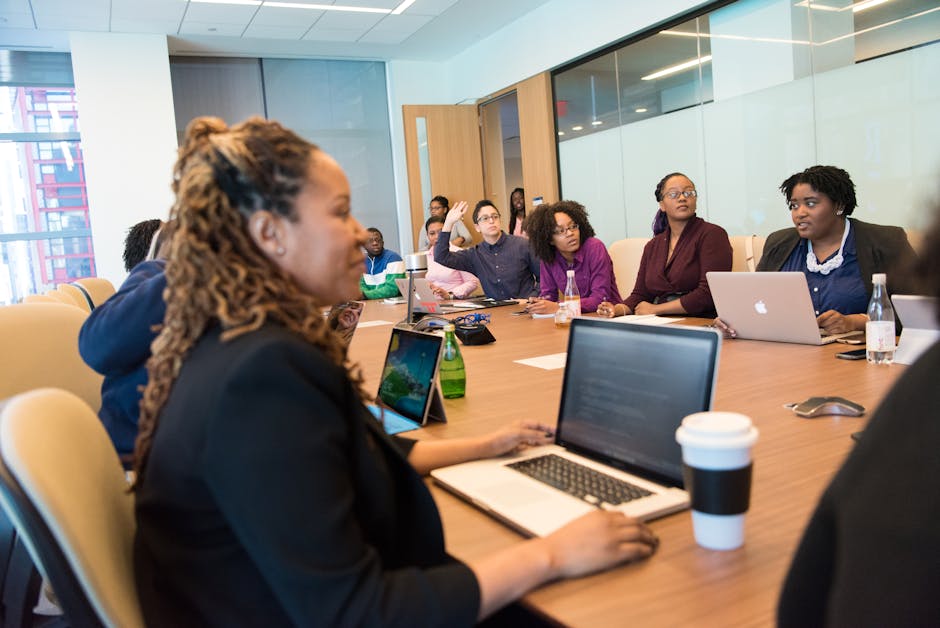How to Successfully Bring Federal Employees Back to the Office in 2023
“As federal agencies prepare for the return of employees to the office in 2023, it's crucial to develop a well-planned strategy. This article explores key considerations and best practices for successfully bringing federal workers back to the office while prioritizing their well-being and productivity. ”

Introduction
As the world continues to navigate the post-pandemic landscape, federal agencies are gearing up for the return of their employees to the office in 2023. The transition from remote work to on-site operations requires careful planning and execution to ensure a smooth and successful process. In this article, we'll explore the key strategies and considerations for bringing federal workers back to the office while prioritizing their safety, well-being, and productivity.

Developing a Phased Approach
One of the most effective ways to bring federal employees back to the office is by implementing a phased approach. This allows for a gradual transition, giving both employees and agencies time to adjust to the new normal. Consider starting with a hybrid model, where employees split their time between working remotely and in the office. As the situation stabilizes and confidence grows, gradually increase the number of days spent in the office until a full return is achieved.
Prioritizing Health and Safety
The health and safety of federal employees should be the top priority when planning their return to the office. Agencies must ensure that the workplace is equipped with necessary safety measures, such as enhanced cleaning protocols, social distancing guidelines, and the availability of personal protective equipment (PPE). Regular communication about safety measures and any updates to protocols will help employees feel more secure and confident about returning to the office.
Enhancing the Government Employee Experience
To make the transition back to the office more appealing and engaging for federal workers, it's essential to focus on enhancing the government employee experience. This can be achieved by creating a welcoming and supportive work environment, offering flexible work arrangements, and investing in modern technology and tools that facilitate collaboration and productivity. By prioritizing employee well-being and job satisfaction, agencies can boost morale and retention rates.

Leveraging Technology and Digital Transformation
The pandemic has accelerated the adoption of digital technologies in the federal workforce. As employees return to the office, it's crucial to continue leveraging these tools to streamline processes, enhance collaboration, and improve overall efficiency. Investing in office hoteling software and other workplace experience solutions can help agencies optimize space utilization and create a more agile work environment.
Providing Support and Resources
Returning to the office after an extended period of remote work can be challenging for many federal employees. Agencies should provide ample support and resources to help workers navigate this transition. This may include offering mental health support, stress management workshops, and training sessions on new technologies and protocols. By demonstrating a commitment to employee well-being, agencies can foster a more positive and resilient workforce.

Conclusion
Successfully bringing federal employees back to the office in 2023 requires a strategic and empathetic approach. By developing a phased plan, prioritizing health and safety, enhancing the employee experience, leveraging technology, and providing support, agencies can create a smooth and successful transition. As the federal workforce adapts to the new normal, a focus on employee well-being and engagement will be key to maintaining a productive and resilient workforce.